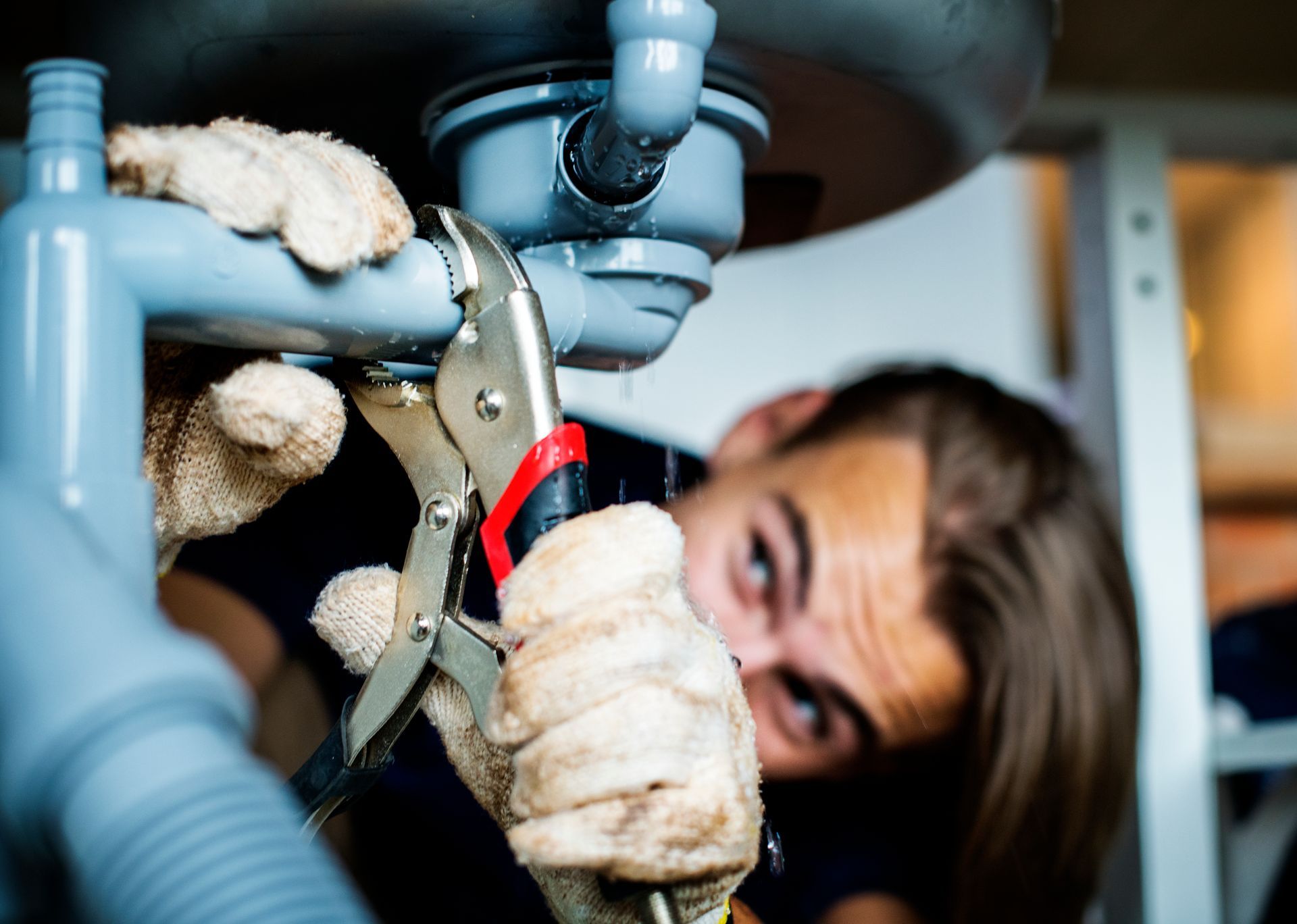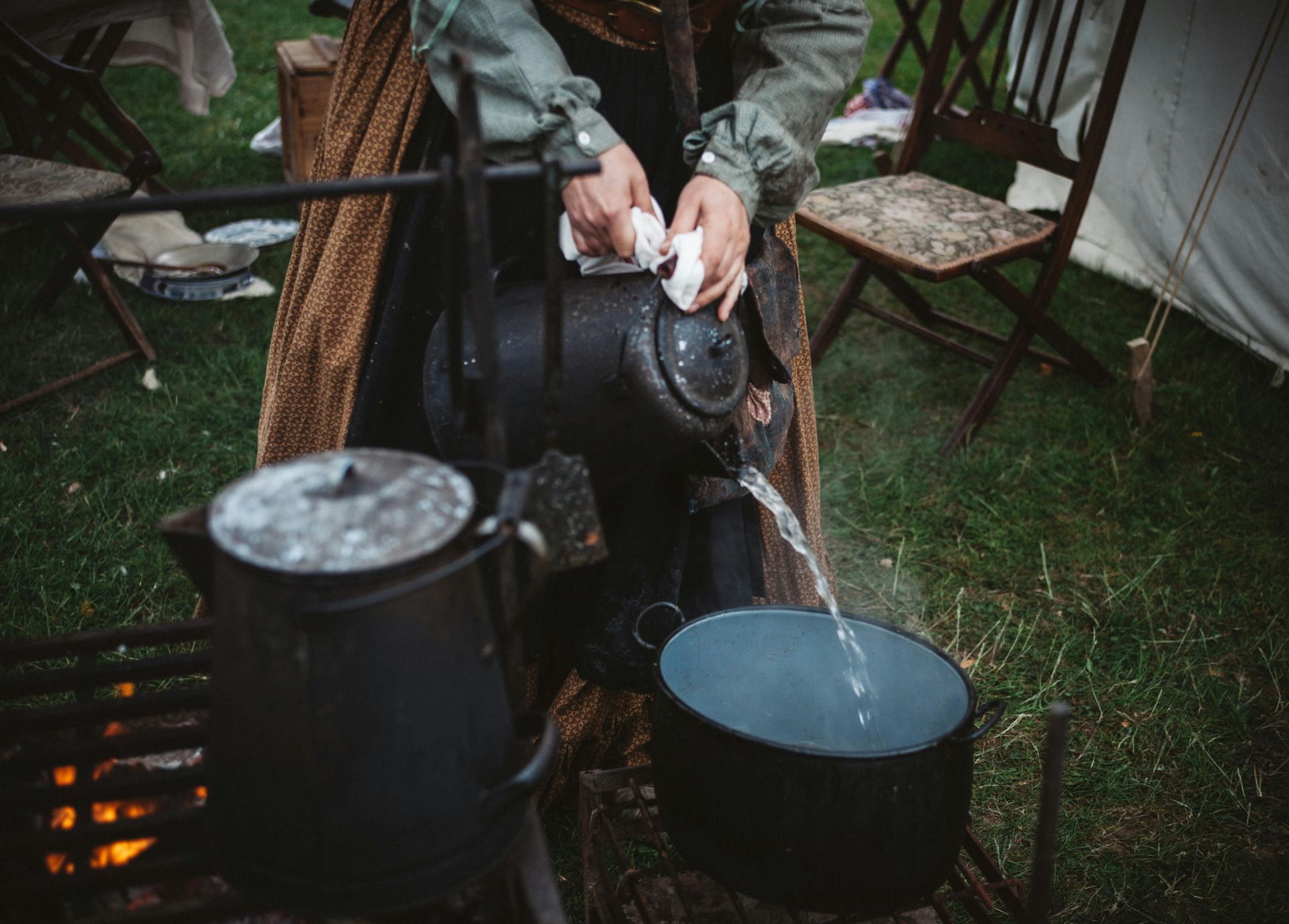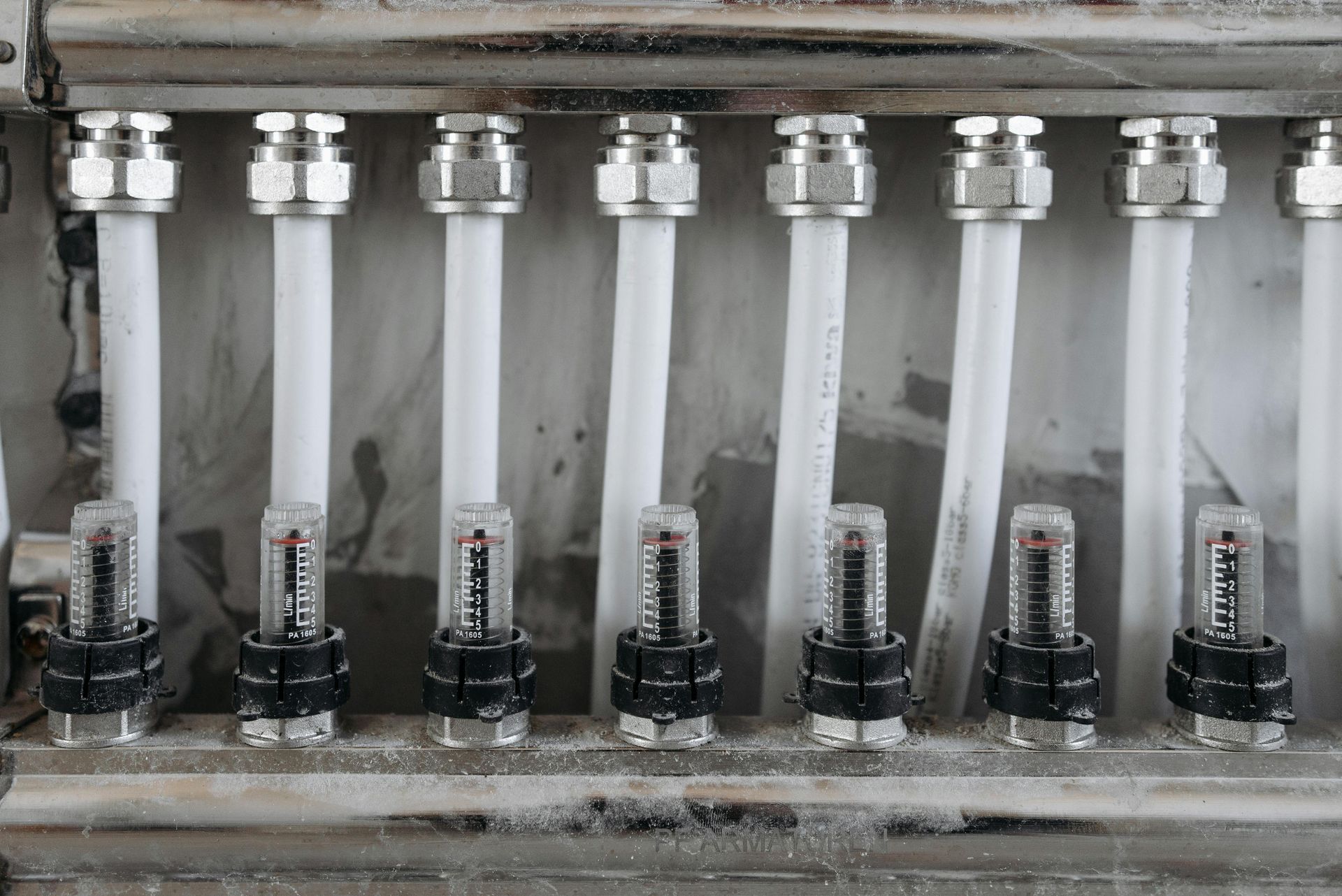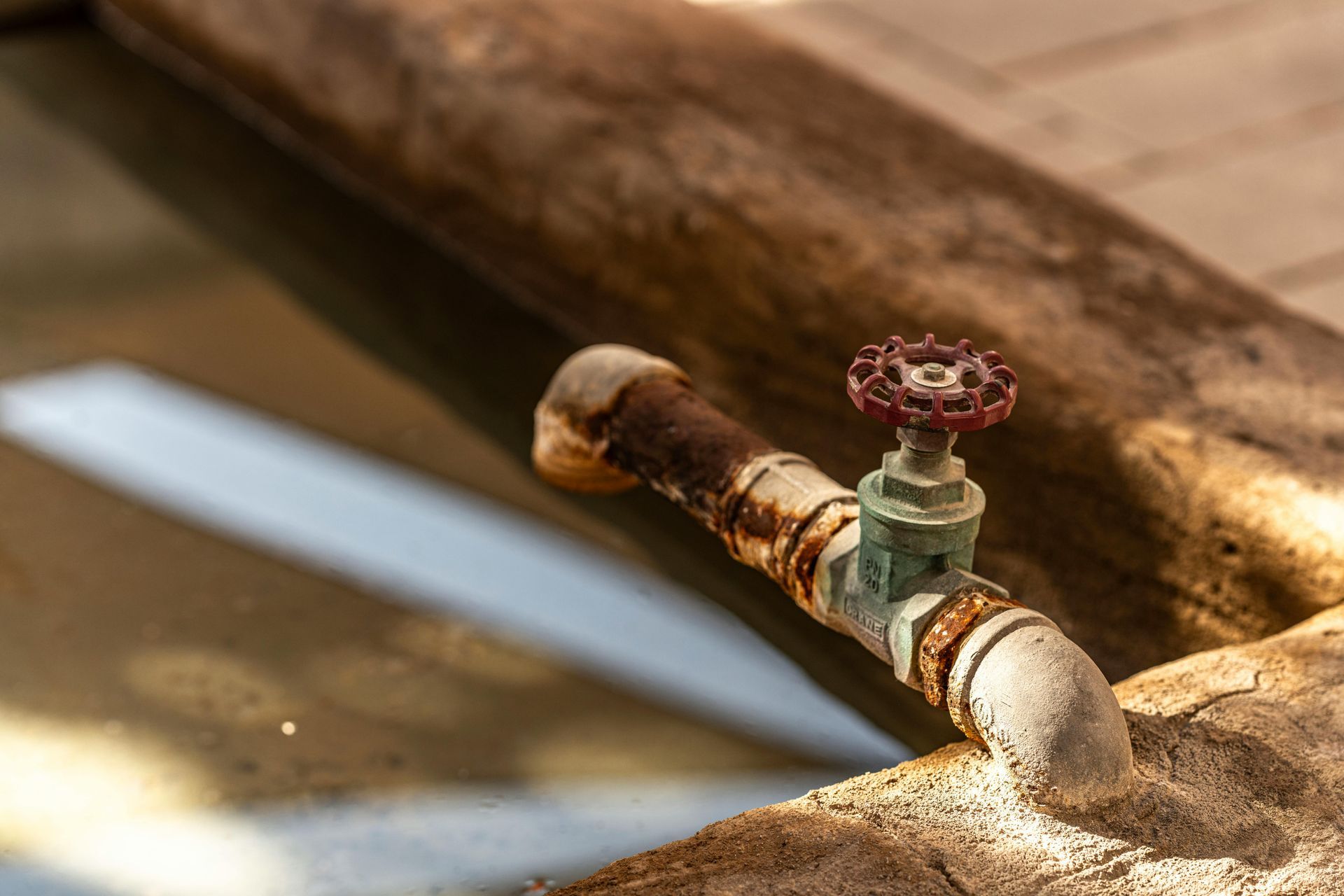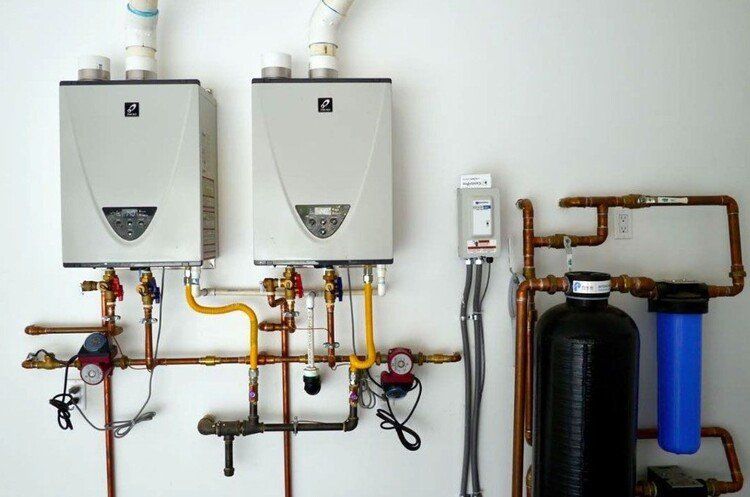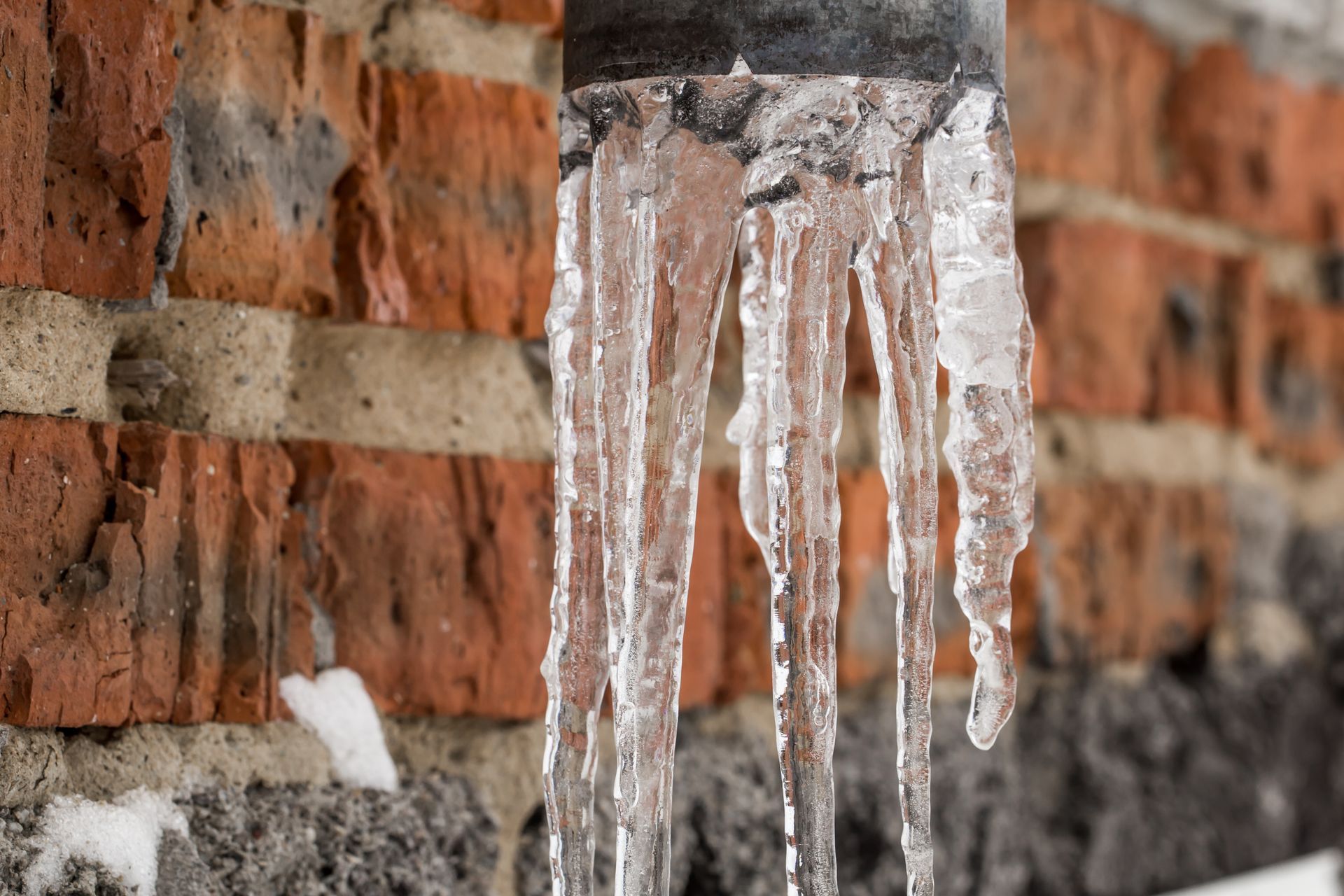Understanding Your Home's Backflow Prevention System
Maintaining clean and safe water is a critical concern for homeowners, and the backflow prevention system plays an essential role in protecting the potable water supply from contamination. Backflow occurs when water flows in the reverse direction, potentially allowing contaminants to enter the clean water lines. This article provides an in-depth understanding of your home's backflow prevention system, how it works, its components, and the importance of regular maintenance. Leading plumbing experts such as All City Plumbers emphasize the significance of systems like expansion tanks and preventative maintenance for outdoor faucets in safeguarding water quality. Proper installation and upkeep, including expert knowledge on sealing techniques, such as properly using plumber's tape, are key to effective performance.
What Is Backflow and Why Prevention Is Crucial?
Backflow is the unwanted reverse flow of water from a potentially contaminated source into the clean water supply. This usually happens due to a drop in water pressure in the clean water line, creating suction that draws contaminated water backward. Backflow can introduce harmful bacteria, chemicals, and debris, posing serious health risks to a household and community.
To prevent this, homes are equipped with backflow prevention devices or assemblies designed to make sure water flows only in one direction—from the supply line into the home—and never the reverse. Without these safeguards, drinking water could become polluted, leading to illnesses and costly remediation.
Key Components of a Backflow Prevention System
Backflow prevention systems consist of several critical components working in unison to guarantee water safety:
- Check Valves: These act as the primary barriers, opening to allow forward water flow and snapping shut during reverse flow to block contaminants. Many systems use dual check valves to provide enhanced protection, ensuring that if one valve fails, the other still prevents backflow.
- Pressure Vacuum Breakers (PVB) and Atmospheric Vacuum Breakers (AVB): These devices prevent back-siphonage by breaking the vacuum in the piping system during pressure drops. They are common in irrigation and outdoor water supply lines.
- Relief Valves: These release excess pressure from the backflow assembly, protecting the system from damage due to high pressure buildup.
- Shutoff Valves and Test Cocks: Shutoff valves isolate sections of the system for maintenance, and test cocks allow technicians to test and verify proper functionality.
Every part must be installed correctly and maintained regularly to function effectively. Skilled plumbers like All City Plumbers ensure that during installation or repair, pipes and connections are sealed correctly by properly using plumber’s tape, preventing leaks that could compromise the backflow system.
The Role of Expansion Tanks and Preventative Maintenance
While backflow prevention devices protect against contamination, other components like expansion tanks play a vital role in managing water pressure within the home. Expansion tanks mitigate pressure fluctuations caused by thermal expansion when water heats up in the water heater, preventing damage to plumbing fixtures and the backflow system.
Similarly, preventative maintenance for outdoor faucets is crucial. Outdoor hoses and faucets are common points for backflow risks due to frequent pressure changes and exposure to contaminants, such as garden chemicals or stagnant water sources. Routine inspection and proper maintenance avoid failures and preserve system integrity.
Maintaining Your Backflow Prevention System
Proper care and timely maintenance are necessary to ensure long-term backflow protection. Many local regulations require that backflow prevention assemblies be tested by certified professionals annually or semi-annually. These tests detect wear, debris buildup, or mechanical fatigue that can hinder valve operation.
During maintenance visits, plumbers check seals, springs, and check valve responsiveness. Routine drain clearing may also be part of the service if wastewater lines become clogged, which could affect pressure dynamics.
Professional plumbing services provided by All City Plumbers include thorough system inspection and maintenance to sustain peak performance of backflow prevention devices and related plumbing infrastructure.
Why Hire Professionals for Installation and Repair?
Due to the complexity and safety implications of backflow prevention systems, professional installation and repairs are essential. Certified plumbers ensure compliance with local codes and federal guidelines, safeguarding water quality and homeowner safety.
Properly installing critical components, such as expansion tanks and backflow preventers, requires precise techniques including the correct use of plumber’s tape to create airtight, leak-proof seals. Ignoring these details may result in system failure and water contamination hazards. Trusting experts like All City Plumbers guarantees quality workmanship, reliable system function, and peace of mind.
Conclusion
Your home's backflow prevention system is a vital defense against water contamination, preserving both health and property. It comprises multiple components working together to ensure water flows safely and cleanly into your home without risk of reverse contamination.
By understanding its function, importance of components like expansion tanks, and routine care such as preventative maintenance for outdoor faucets, homeowners can better protect their water supply. Engaging professional services, including skilled plumbers at All City Plumbers who follow meticulous installation and maintenance protocols—such as properly using plumber’s tape—ensures that your backflow prevention system performs effectively for years to come.

